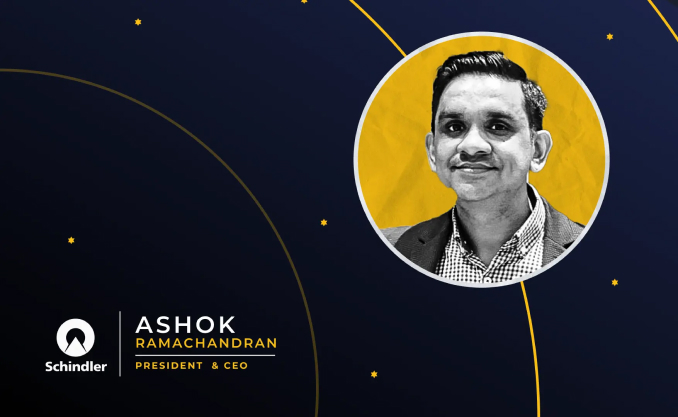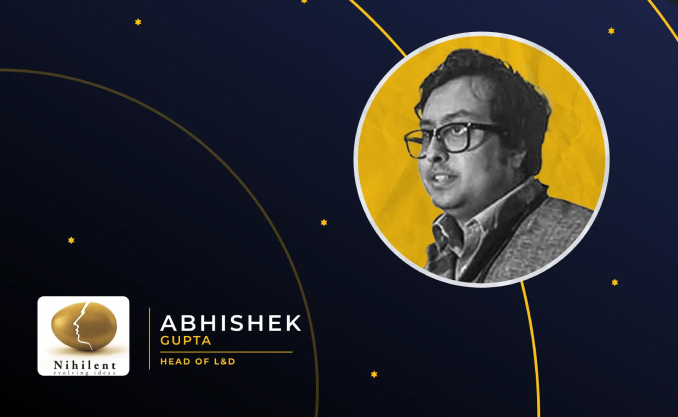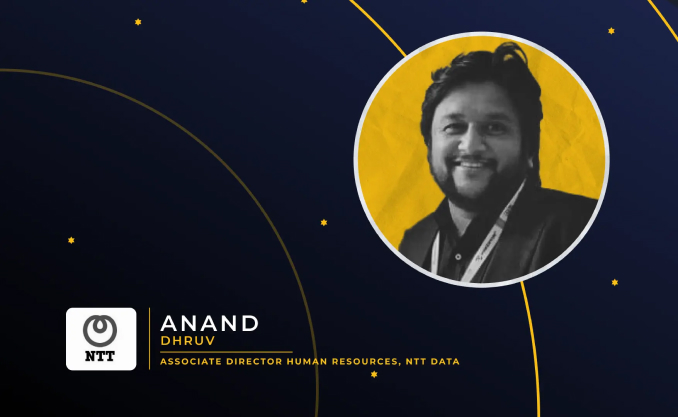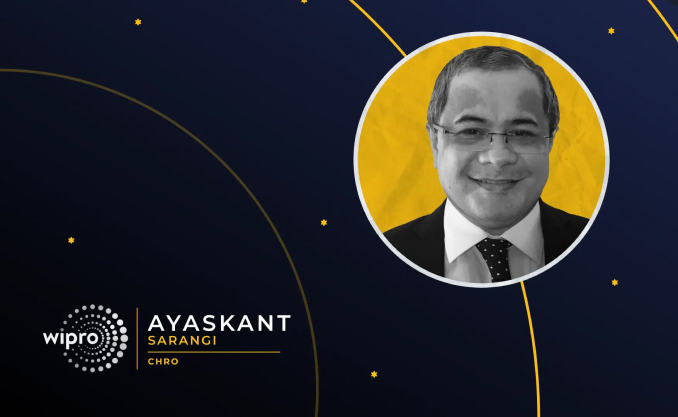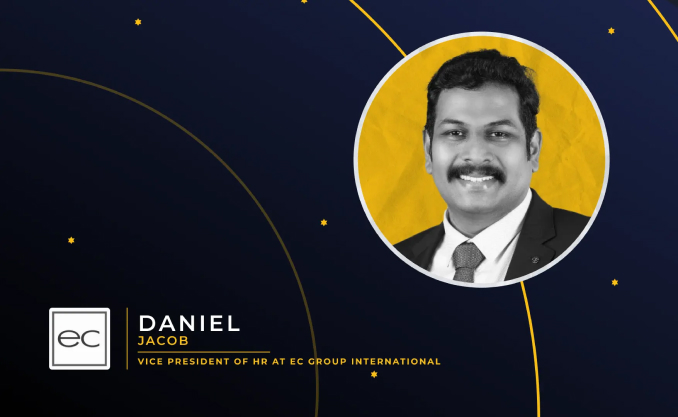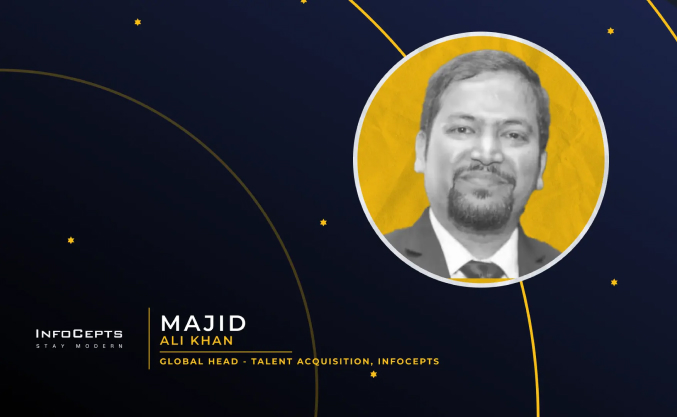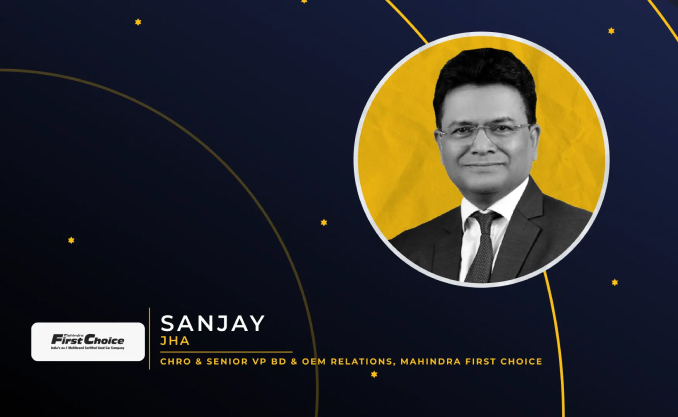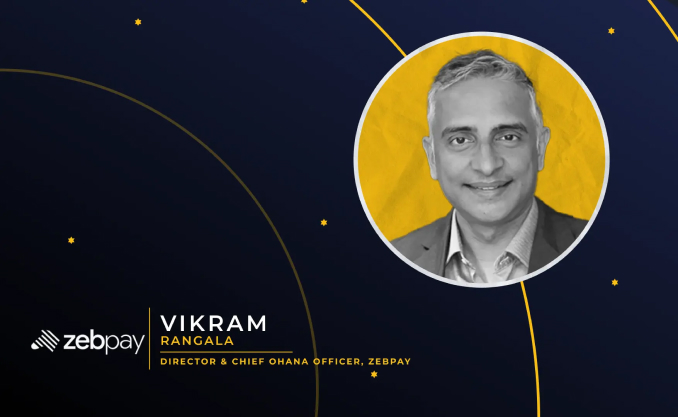Ashok Ramachandran is the President and CEO of Schindler (India). Despite his struggles during his college days and the initial years of his career, he paved his way to success which was the result of years of hard work, determination, grit, and vision.
Talking about his career in Ramachandran’s own words, he states, “Leadership, love, and support have played a critical role in achieving professional and personal success”.
Ashok Ramachandran points out remote hiring has not just made the talent pool diverse but has also allowed recruiters to expand the scope of reach.
Table of contents
- About Ashok Ramachandran
- Role of background and experience in shaping a company
- Impact of changes post-covid
- Focus on talent acquisition
- AI in the Indian market
- Hiring trends in 2022
- Diversity programs
- The difference in work culture as compared to earlier
- Remote work model and remote hiring
- Work culture and customers
- Advice for upcoming professionals
A brief on Ashok Ramachandran
Ashok Ramachandran is the CEO and President of Schindler, India. According to Ashok, “Leadership, love, and support have created an army of leaders who go on to achieve professional and personal success in their careers.”
Apart from the said statement, Ashok also believes that it is not titles that define personality instead it is based on how one behaves and treats people, and helps them achieve their goals.
Ashok started his life in Chennai and after finishing his graduation moved on to Australia to pursue higher studies. He claims that not being an academically strong person, he had to take a huge loan. He then completed his master’s in industrial engineering after which Ashok joined First Manufacturing Company which is a furniture manufacturing company. He worked there for 7 months before joining Schindler at the early age of 26. With a rapid promotion being accompanied he became the general manager by the age of 29 and by the age of 31 he was the MD in Vietnam for three years. After which he went to Malaysia. In 2018 he went on to become the CEO of Schindler India.
A view on Ashok’s role of background and experience in shaping a company.
According to Ashok, “Going out of home, being alone, studying, and working is the best experience life can teach you.”
He also believes that this applies to him. Ashok left the comfort of his parent’s home and moved into a new country at a very young age with no friends and a lot of challenges. Being a student in Australia, Ashok earned only so much for his college fees, and to sustain his living, he had to work various part-time jobs. Like most foreign students, he had various jobs such as washing dishes, picking up beer bottles, cleaning tables at restaurants, a car washing center, and even the call center jobs which according to him of the longest duration.
Even in India, when Ashok completed his graduation, he was not able to find a proper job which led him to work at a call center and do door-to-door sales activities. Moving to Australia and meeting up with various nationalities helped him broaden his mindset.
Looking back at his time in Australia, Ashok claims, “I think a lot of my humility and discipline came from living outside the home and having to sustain myself. The value of money. Living alone, you learn how to spend your money to buy things, and you also think twice. Whereas when you got your parents’ money, you don’t think so much. So, it shaped multiple thought processes, diversity, and inclusion.”
Once Ashok settled down in Australia he met various people from the LGBTQ community, experienced people, millennials, people with disabilities, and even those from the armed forces which made him accept everyone as an individual and treat them the same.
Ashok’s take on diversity and gender balance in the workplace and in hiring for authentic leadership and collaborative working styles.
Ashok Ramachandran states that it is essential to create diversity and inclusion in a workplace because if you don’t then the talent pool becomes a lot smaller.
“As human beings, we all tend to hire people like us. Now, if you have everybody in your company like you, there is no diversity in the thought process. You want people with different thought processes, and backgrounds, people who will challenge you, who will also agree with you. So, that is very important to achieve business success. It’s hence very important to have a diverse employee workforce.”
Some of the most impactful changes in terms of hiring and retention post-pandemic according to Ashok.
When it comes to retention it has become quite hard to retain people post-pandemic because everyone has realized that they do not need to work from a certain location. They are also now looking for more of work from home options. Due to which moonlighting which means working multiple jobs or the opportunity to freelance is also quite high. But of course, one of the positive sides for the organization is that they can now hire people who work from anywhere in the world.
This is what Ashok Ramachandran had to say about virtual work culture, “With virtual work culture, I could have somebody in India working with a team in Europe, or from any part of the country and helping you develop things faster. This has accelerated the importance of well-being in an organization’s culture.”
Organizations have now also started to think about how to provide a great workplace and it starts right from the way people are treated to the way the office is being run to even the work-life balance needed for employees. There are also various compensation benefits being provided by it non-monetary or monetary along with medical insurance which is now an essential part of the package.
It has also been quite challenging from a hiring perspective as there is high demand for talent and people have multiple offers being achieved. How you become different from the crowd will matter. How do you provide them with the value that is different from everyone else especially when it’s not just within the industry but also across various industries is also important? Attracting and retaining talent is also now a major challenge and hence making your offers more attractive is the key.
Thoughts by Ashok on a survey by Gartner on recruitment automation and one of the stats shows that 38% of organizations using HR tech are currently focusing their efforts on talent acquisition.
Recruitment automation is surely now being a part of India where there is a huge population and there are a lot of applications being sent in. These recruitment tools make it easier to be more unbiased and practical according to Ashok Ramachandran.
When talking about bias, Ashok states:
“I think the biggest option automation gives us is removing the bias.”
“Hiring had a lot of biases, right? You recruit people from your community, language, state, religion, and college. All that is removed now by using recruitment automation.”
Lastly, he states that recruitment needs to be customized based on each organization’s needs and the challenges they are faced with as there is no one size fits all solution available.
Views on the Indian market openly embrace recruitment automation.
Talking about how India is embracing the recent automation in recruitment, Ashok states,
“I would say it is much slower in comparison with other markets. It is picking up fast for sure. No doubt about it.”
He also points out how the greatest advantage for India is the cost being spent on each hiring process. But as there are companies that see there are various advantages, they are more and more accepting of the automation that is required however the rate can be a bit slower.
Hiring trends noticed in 2022.
Mentioning the recent trends seen in hiring, Ashok points out how a lot of people are jumping through jobs quite often which is not a trustable or a loyalty point that can be considered. This also lowers the credibility of a candidate. Apart from this, the emergence of work-from-home options is also on the rise. He also mentions how startups are now dominating the hiring space more than ever.
The recent trends regarding diversity are also being considered when Ashok states,
“We are also noticing the diversity angle, a huge push from organizations across the board with people from ex-servicemen, LGBTQ, and female workers being a part of the hiring process. I think now people are aware of these things. Even when you call a female candidate, you know, upfront they are asking is there a diversity hire? So, every organization is looking at that.”
Diversity and inclusion in the workplace.
Ashok insists that the companies are not just working on just diversity alone but there is also quite an improvement in the inclusion space. According to him,
“When you say inclusion, you cover even existing employees in terms of experience, age brackets, thought process, regionalism, all those things. I would not call it a program, but it’s a journey that we have started to make the organization more inclusive.”
This sort of inclusion starts from the organization where they provide what the employees are looking for and by adding efforts on how to handle different kinds of diversity in an organization. This includes how you handle a female, an LGBTQ employee and how you provide a lot of facilities that they need.
Stating an example he explains,
“Like, for example, this year we have allowed medical insurance as well for our partners. Due to these kinds of initiatives, we have now employed more females in our field, workforce, and as technicians who serve the customers in a project, on a construction site. And for these opportunities, we also need to provide them with the right tools.”
Differences in recruitment and work culture back then versus now according to Ashok.
Recruitments according to Ashok were mostly a part of the HR teams, but now that you take a look at it everybody is being included where Ashok claims that he is also a part of the recruitment when he needs an employee.
Mentioning his recruitment journey he states,
“For me, I don’t depend on the HR team to recruit. I’m very active on social media, so I get a lot of people applying for jobs. I directly connect with them, talk to them, screen them, and then send it out to the respective hiring manager. This trend is picking up a lot more now than before.”
He also claims how the usage of various automation tools has changed the recruitment game for Schindler and that there is huge progress on digital factors and digital tools that help you recruit better.
Observation of the recruiters and remote hiring while maintaining quality. Views on the hardest parts of hiring remotely.
Ashok when asked about remote hiring claims,
“See, if you ask me fundamentally, I’m still a big believer in hiring people by seeing them in person because you understand better the body language, the culture, the posture, and the gestures; you get an overall feel.”
He also claims that there are negatives when a virtual interview is considered such as reading ready answers for the interview. However, there are a lot more positives than the negatives such as follows:
- Easy recruitment
- Scheduling is easier
- Get people to coordinate easily without having to worry about timing and other conditions
Ashok mentioning about the candidate talent pool states,
“The positive part is that the pool is becoming bigger. Now it’s a global pool. Before it used to be only a specific pool. So that’s a big advantage.”
How does an organization having success and a work culture add value to its customers?
According to Ashok, you need to understand the requirements of a customer for the service or product that you’re providing and then work on it. Set various objectives and achieve them. See where the challenges occur and work on them.
Providing an example he claims,
“So, for example, if you are selling in a remote location in India, do you have the right local caliber there and the local customers’ expectations? So, from there, you decide how to hire the right kind of candidate. That’s how customers influence. Secondly, it is through customer service where you take feedback from customers specifically on how they interact with the employees and what are the pros and cons that they find with a certain person they’re working with.”
Advice for upcoming professionals who want to be in a leadership role.
In Ashok Ramachandran’s own words,
“I think the most important thing is don’t rush, have a proper business plan, and have a diversity of skills and experience in the team. Don’t hesitate to take feedback from your employees.
Remain humble, remain grounded. Don’t start flying once things start going well because it can come crashing down very quickly and more than anything else is my tag line, chase success. So whatever you do, can you do it in a way that is improving every day for you? For example, today you’ve taken an interview.
Your goal should be the next interview. Can I make it even better? So, you continuously challenge yourself and if we do that, success will automatically come.
Thank you.”

